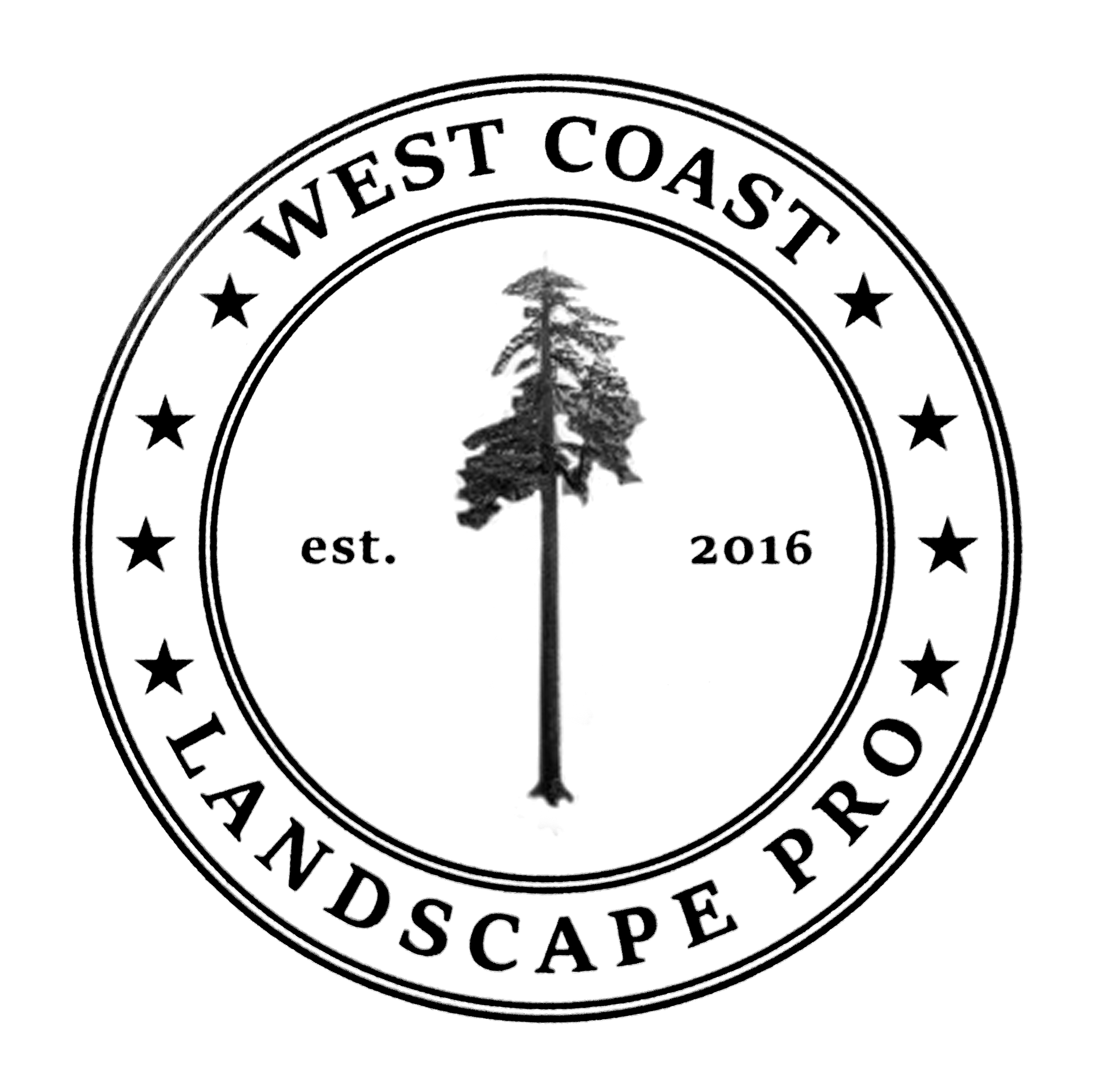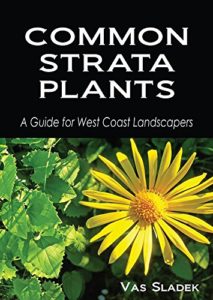Having great plant identification skills can give your green career a significant boost. But like any other skill, it takes time to acquire. I had this on my mind this week as I worked with one of our workers in the field, identifying the plants around us.
Botanical snobs
I know the feeling, I’ve been there: you’re the new worker and people all around you are dropping botanical names like crazy. Since you barely know common names, this can be irritating. So you think they are all plant snobs. But let’s not overreact. It just takes time to learn the plants around you. Buy a notebook and take some pictures with your phone. Keep at it and soon you’ll start dropping botanical names like the others.
True story
I have a story that clearly illustrates the importance of plant ID skills. An ambitious, 40-something immigrant from a bombed out nation, wants to move up in his landscape company. Let’s call him Armin.
Armin has two problems. His English is poor and so are his plant identification skills. When he approached his boss about getting a truck and becoming a crew leader, the boss tested him with detailed task lists.
The lists tested Armin’s English listening skills and his plant knowledge. It wasn’t a disaster but let’s just say it didn’t go well. The boss clearly wants him to get better before giving him a company truck and extra responsibilities.
So Armin enrolled in an after-hours English language course and when we worked in the field together this week we practiced with plants.
One hint: try to associate the new unfamiliar plant with something; some key feature or something that will help you remember the botanical name.
Field test
Armin didn’t know Forsythia so I showed him the shrub and told him it’s a clear sign of spring in the Lower Mainland (British Columbia).

When Armin excitedly yelled out Sarcococca, I had to shoot him down. He was actually standing over Pachysandra terminalis which is a groundcover and its small white flowers do look similar to Sarcococca. Of course, Sarcococca is a shrub which blooms in February and its scent is intoxicating. Pachysandra terminalis is a grouncover which blooms now in mid-March.
Still, not a bad guess. I told Armin to think of Pakistani Sandra reaching terminal station. At least that’s how I remember it.
Shameless plug
After answering the same plant questions from my workers over and over, I finally took the time last year to produce a simple, and inexpensive, picture e-book called “Common strata plants: a guide book for West Coast landscapers“. It covers 100+ of the most common landscape plants Armin is likely to encounter on his multi-family work sites. It’s available on Amazon.
There are two keys worth mentioning:
a) The plant list is based on my West Coast landscape work sites so I’ve done the hard work for Armin.
b) Since the plants tend to repeat, all Armin has to do is cover the list and once he knows a plant he will identify it easily on all of his work sites. The repetition works in his favour.
Conclusion
Don’t underestimate the importance of plant identification skills. They can give your green career a huge boost. Armin hopes they will help him score the coveted crew leader position in landscape maintenance.


